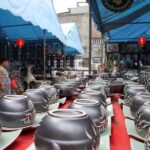Located at 19C Hoang Dieu Street, Dien Bien Ward, Ba Dinh District, Hanoi City, the Imperial Citadel of Thang Long, a significant milestone signifying Dai Viet’s emergence into independence. This monumental structure was erected on the foundation of a Chinese fortress dating back to the 7th century. For nearly thirteen centuries, it held the pivotal role of regional political dominance. In 2009, the Imperial Citadel of Thang Long in Vietnam’s capital was declared one of Vietnam’s ten special national heritage sites and was added to the UNESCO World Heritage List in 2010.
With an origin dating back to the 7th century, the Imperial Citadel of Thang Long gives visitors the chance to explore architecture, relics, and stories stretching back through 1,300 years of Vietnamese history.
2022 saw the launch of the night tour “Decoding the Imperial Citadel of Thang Long” which offers a unique experience of this magnificent site. “Decoding the Imperial Citadel of Thang Long” reveals a part of the history of the Thang Long Imperial Citadel lasting from the 7th to the 19th , during the dynasties of Dai La, Ly, Tran, Mac, Le and Nguyen. A new and unique feeling will be experienced here.
The main gate (Doan Mon)
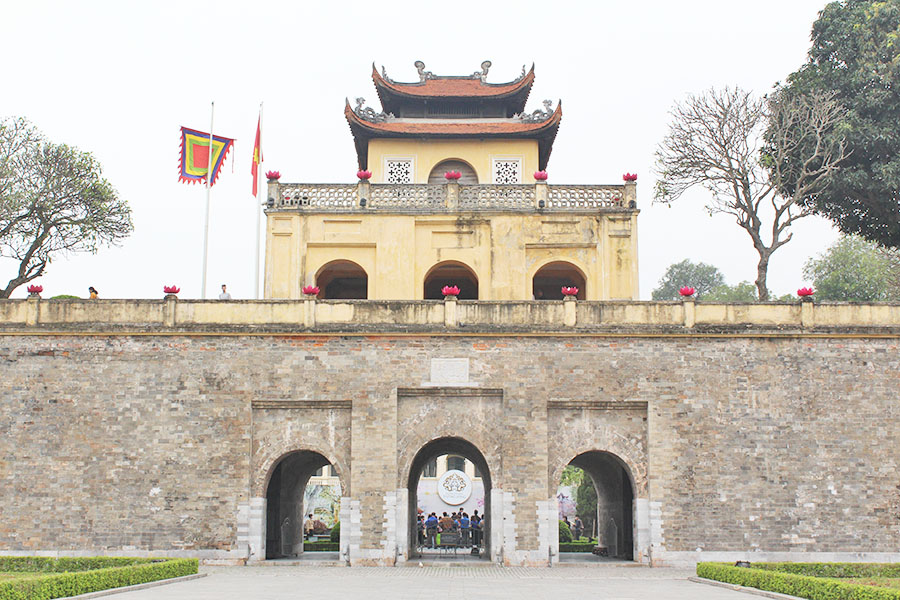
Doan Mon is positioned to the south of Kinh Thien Palace, aligned with the Hanoi Flag Tower on the same axis. The primary architectural element of Doan Mon follows a watchtower gazebo design with three rolling arches. Vietnamese archeologists found unearthed tiles from the Lý, Trần, and Lê dynasties stacked on top of each other at the foot of the gate, telling the story of a succession of dynasties and rulers, each with a highly developed sense of art and distinctive culture.
Stone Dragons of Kinh Thien Palace
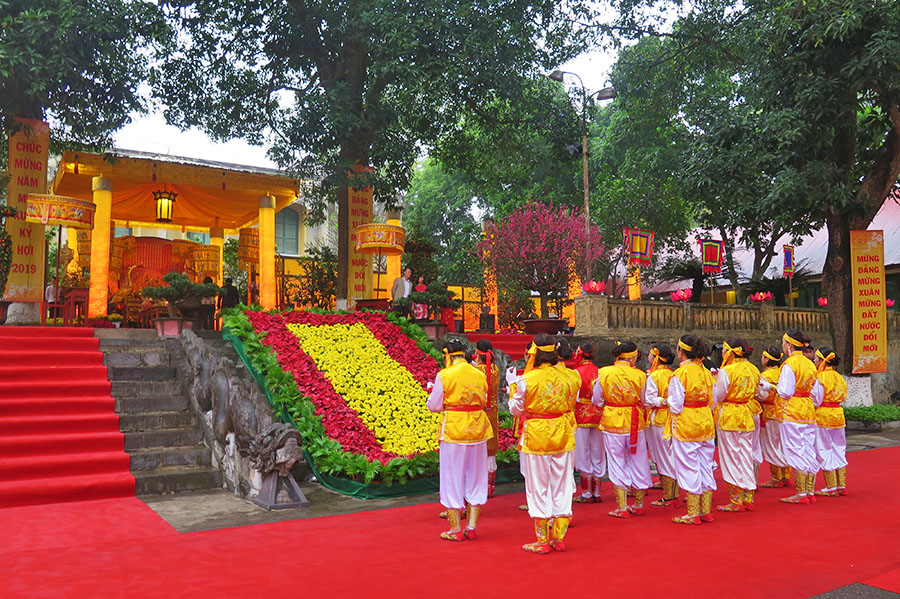
Once a venue for the citadel’s most prestigious ceremonies, Kinh Thien Palace now stands at the centre of the site, with only its stone dragon steps and foundation intact. The palace was built by the Lê kings, and received foreign ambassadors, hosted religious festivals before being destroyed by French colonialists. Check out the dragonheads when you’re here for a closer look at early Lê sculptural art.
D67 Revolutionary House
In 1967, Vietnam’s Ministry of Defense erected its headquarters within the grounds of Thăng Long Citadel to host high-level meetings and provide work stations for military generals in Hanoi. D67 House was a crucial touch base in the years leading up to Vietnam’s independence. You will find the legendary General Võ Nguyên Giáp’s office here. Head down to the basement to examine top-secret communication tools used during the war.
Archaeological sites
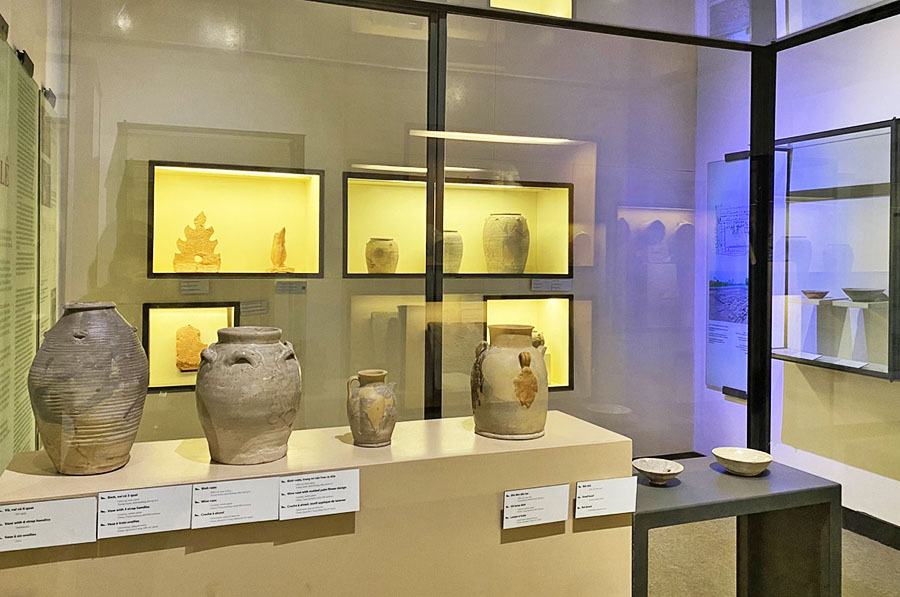
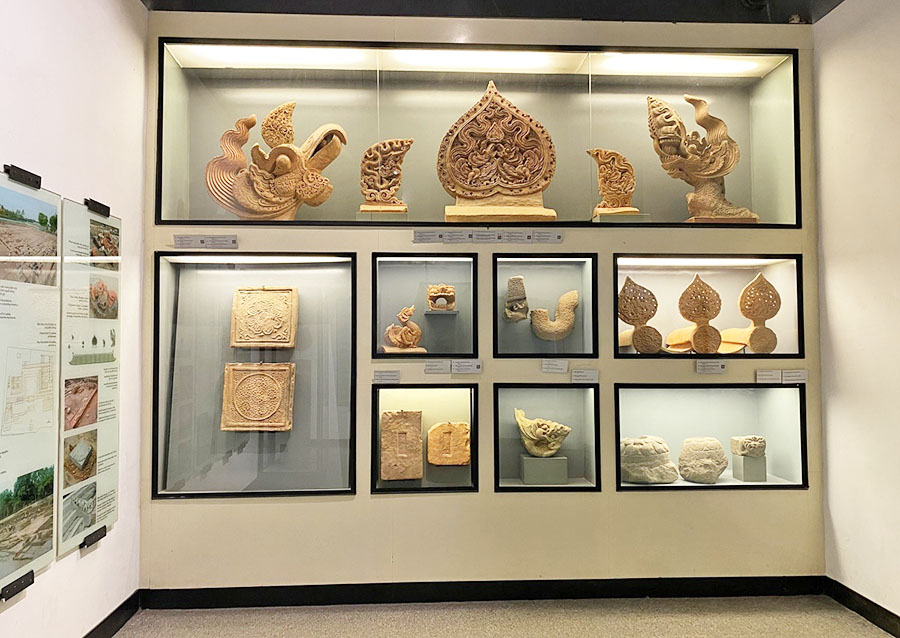
In Vietnam’s largest-ever archaeological excavation, the area at 18 Hoàng Diệu Street uncovered thousands of incredible relics from as early as the 7th century. Stone pillars, ancient wells, tiles, roof ornaments, and pottery are found all over the 45,000-square-meter area. Stroll along shaded walkways to admire these priceless artifacts. In the summer, take a break at the lotus pond and snap a few shots with the beautiful blooming flowers.


